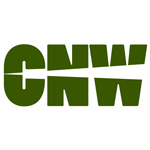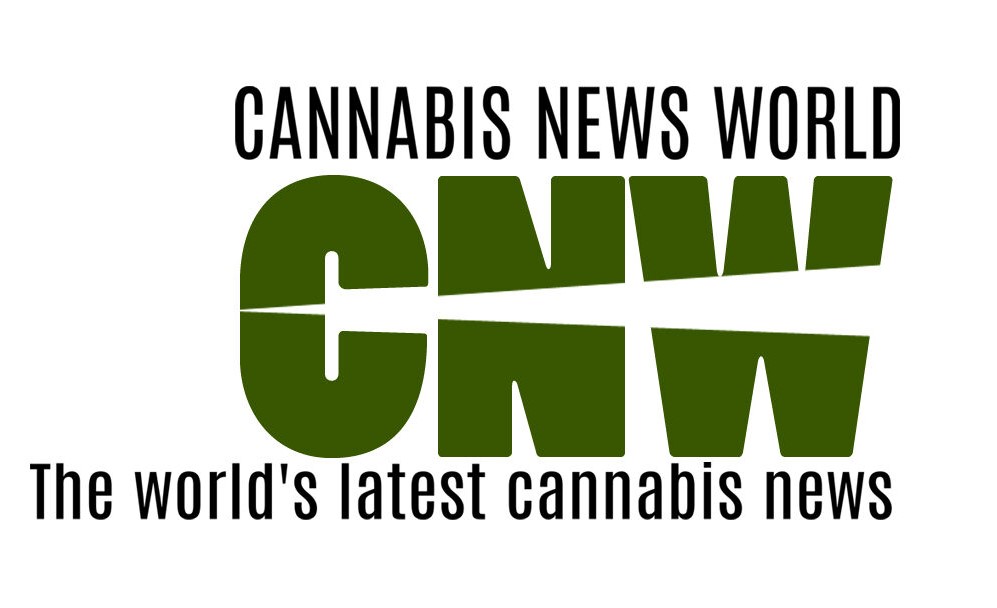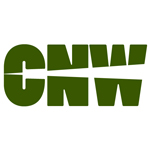Price Disparities in the Midwest: Illinois’ Recreational Weed Market Takes the Lead

Introduction
Since the legalization of recreational marijuana in Illinois in 2020, the state has seen a significant boom in the cannabis industry. This growth has not only led to increased revenue for the state but also positioned Illinois as a leader in the Midwest’s recreational weed market. However, this success has also brought to light significant price disparities in the region, with Illinois’ marijuana prices being notably higher than its neighboring states. This article explores the reasons behind these price disparities and the implications for consumers and the industry at large.
Illinois’ Recreational Weed Market: A Snapshot
Illinois’ recreational weed market has experienced exponential growth since its inception. According to the Illinois Department of Financial and Professional Regulation, the state’s dispensaries sold over $1 billion worth of cannabis products in 2020 alone. This impressive figure not only underscores the high demand for recreational marijuana in Illinois but also highlights the state’s potential to become a major player in the national cannabis industry.
Price Disparities in the Midwest
Despite the success of Illinois’ recreational weed market, consumers have raised concerns about the high prices of cannabis products in the state. A recent report by the Cannabis Business Times found that the average price of an ounce of marijuana in Illinois is $350, significantly higher than the national average of $250. This price disparity is even more pronounced when compared to neighboring states like Michigan and Missouri, where an ounce of marijuana costs $300 and $275 respectively.
Factors Contributing to Price Disparities
Several factors contribute to the high prices of recreational marijuana in Illinois. One of the main factors is the state’s high tax rate on cannabis products. In Illinois, recreational marijuana is subject to a 10% sales tax, a 7% gross receipts tax, and an additional excise tax that ranges from 10% to 25% depending on the product’s THC content. These taxes significantly increase the final price of cannabis products, making them more expensive than in other states.
Another factor contributing to the price disparities is the limited number of licensed dispensaries in Illinois. With only 110 dispensaries currently operating in the state, the demand for recreational marijuana far outstrips the supply, leading to higher prices.
Implications for Consumers and the Industry
The high prices of recreational marijuana in Illinois have significant implications for consumers and the industry. For consumers, the high prices may deter them from purchasing cannabis products legally, leading to an increase in the black market. For the industry, the high prices may limit the growth of the recreational weed market in Illinois, as consumers may opt to purchase marijuana from neighboring states where prices are lower.
Conclusion
In conclusion, while Illinois’ recreational weed market has seen significant growth since its legalization, the high prices of cannabis products in the state pose a significant challenge. Addressing these price disparities will require a multi-faceted approach that includes reducing taxes, increasing the number of licensed dispensaries, and implementing measures to curb the black market. By doing so, Illinois can ensure the continued growth of its recreational weed market and maintain its leading position in the Midwest.
By C.N.W


